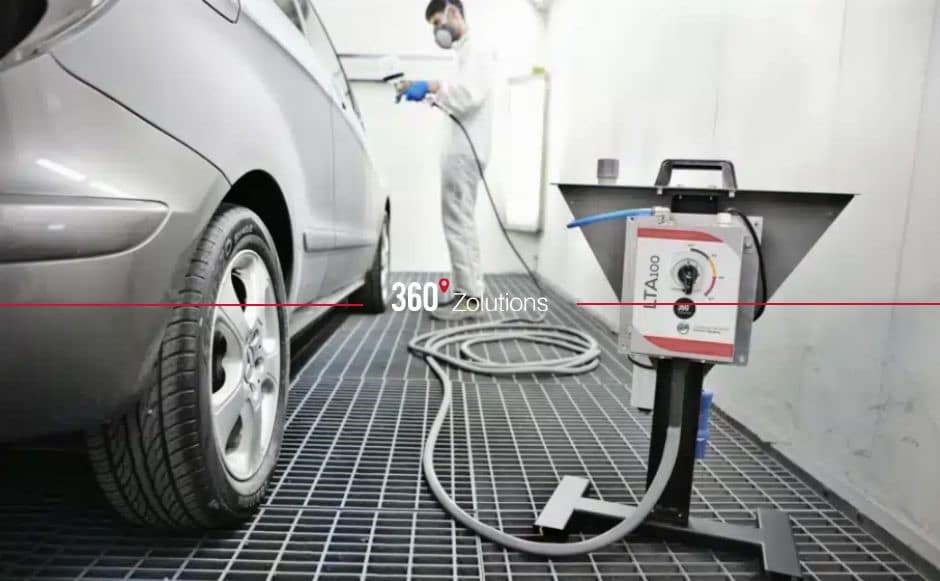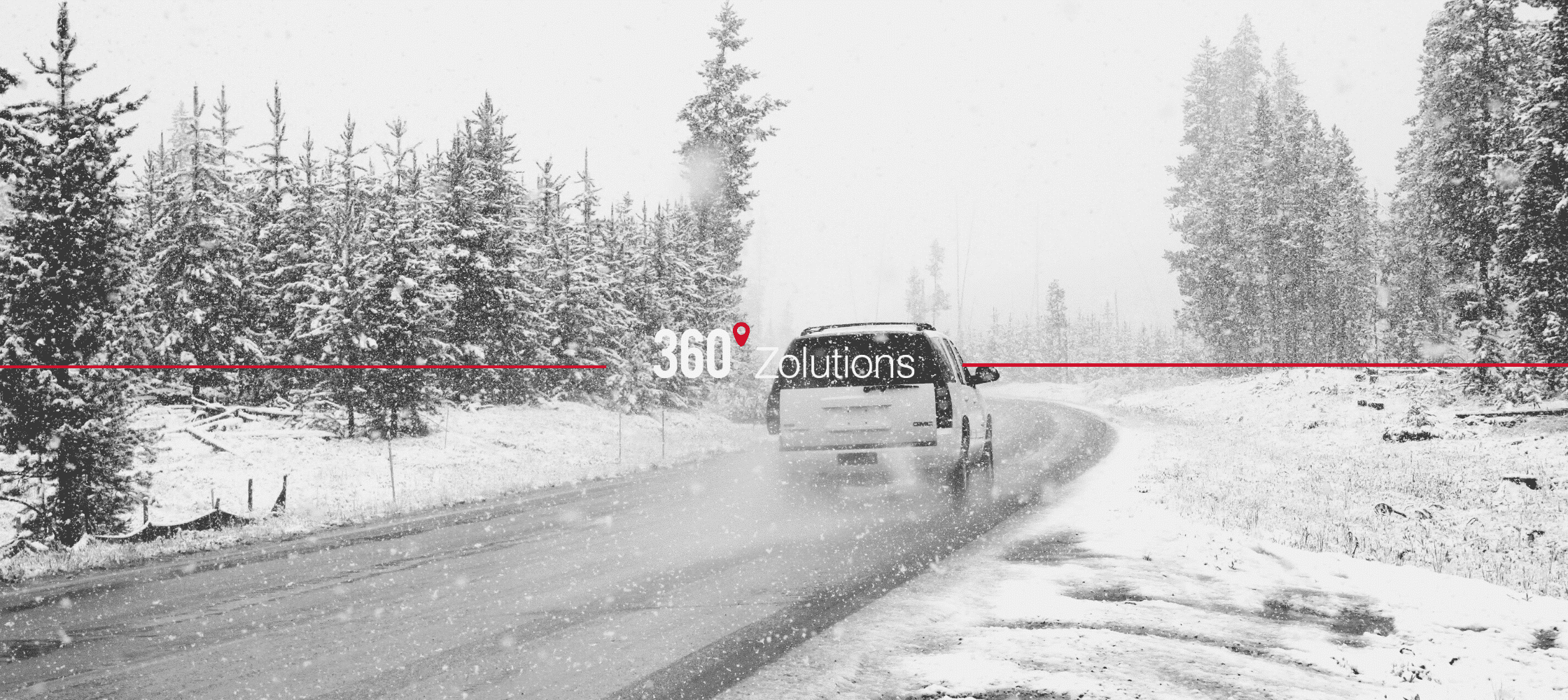Brace yourself, winter is coming once again… and of course it carries with it some great inconviniences besides colds and deciding which coat fits best your hat.
In our field we are not very interested in fashion, but we do care a lot about finding the perfect finishing for any kind of surface. That’s what we do best, and that’s what we have been successfully doing during the last 30 years.
Let’s start with the premise that the paint is a very delicate material. Sometime we just see it as normal, ordinary, boring paint, but far from that it contains several chemical compounds that may lead to an awful refinish if they are not treated correcly.
Generally speaking, cold and winter are a pretty bad combination for paint due to the humidity in the air, that makes the paint dry way slower.
Back to the advices then. Those are the four golden rules:
1) 22º to 26º is the ideal temperature range
As the temperature is the key to many chemical reactions, it’s very important to pay attention to the recommended ranges of application. Varnishes that comply with VOC’s legislation should also never be stored with temperatures below 20º.
This may appear as the simplest and most obvious precaution, but it is also the most important. Consider that a good temperature will automatically mean optimal viscosity and therefore optimal spraying.
2) Use your spray booth to warm the car
Having a cold surface when appling the paint could result in humidity problems and blistering when the vehicle warms up.
To avoid this, simply put the car inside the spray booth to temper the structure. You can also consider to buy a Paint Box and attach it to your spray booth. The only think to always keep in mind is to avoid breaking the thermic chain between the paint, car body, air and spray gun.
For optimal results you should use an air compressor heater in order to improve the viscosity of the paint
3) Clean the car body before starting the paint job.
This is also an important factor since there could be impurities or particles that could translate in long term paint defects. Just take your time to clean the vehicle and you will be glad to have done it in the future.
4) Never use more solvent than usual
When the temperature is too cold, it’s quite common for the viscosity to increase above normal (again, a compressed air heater will solve this problem), meaning that the paint will appear thicker than usual. The first thought would be to mix more solvent in order to liquify the paint, but this is a common mistake that will most probably translate in immediate paint defects like orange peel after the drying stage.
Don’t try to apply more paint layers after the defect appears, as it would cause boilings and lack of gloss.
To avoid the problem, just store the paint in a warm spot of the body shop and check the paint application recommendations that the manufacturer prints in the can. Again a paint box is highly recommended and would probably save you great amounts of time and money in the future.
We hope this information has been useful, let us know if you have more queries about painting processes optimization and all the possibilities for tailormade maintenance. Our team will gladly help you out.




